Posttraumatic stress disorder (PTSD) is a mental health condition that affects many military veterans. It is estimated that impacts of PTSD are 11-20% of Iraq and Afghanistan War veterans, approximately 12% of Gulf War veterans, and 15% of Vietnam veterans. The consequences of PTSD on veterans extend beyond their experience in combat, as it can have lasting implications on their daily lives, relationships, and overall well-being [1].
One major challenge faced by veterans with PTSD is the high rate of psychiatric comorbidity. PTSD is often accompanied by conditions like depression, making diagnosis and assessment more complicated [2]. The symptoms of PTSD can manifest in various ways, such as persistent re-experiencing of traumatic events through flashbacks or nightmares, avoidance of anything related to the trauma, and negative changes in thoughts, feelings, positive emotions, or perceptions concerning the trauma [3].
Recovery from PTSD in veterans involves making sense of the traumatic events they experienced. This process of making meaning is a crucial part of trauma recovery, as it allows for personal growth and can help reduce the risk of PTSD development [4].
Understanding PTSD
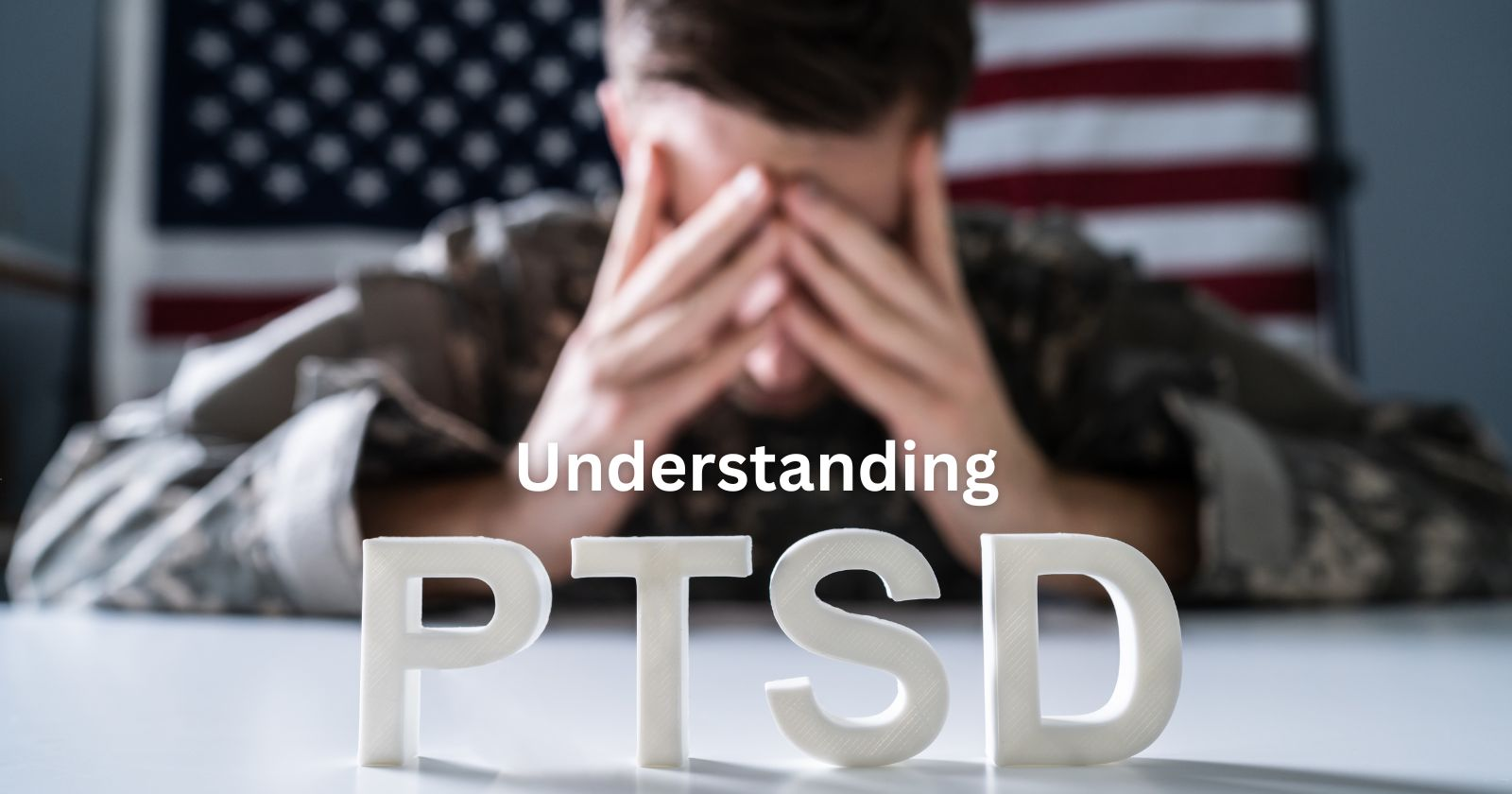
Defining PTSD
Post-traumatic stress disorder (PTSD) is a mental health problem that occurs after experiencing or witnessing a traumatic or terrifying event itself, such as war, assault, or natural disaster. It can have lasting effects on an individual’s mental well-being affect, relationships, and daily life 1.
Symptoms and Diagnosis
The symptoms of PTSD can be categorized into four main groups:
- Re-experiencing Symptoms: The individual may experience recurrent and intrusive memories or nightmares of the traumatic event.
- Avoidance symptoms: The person may avoid places, people, or situations that remind them of the event in order to reduce distress.
- Negative changes in thoughts and mood symptoms: This may include negative thoughts such as feelings of guilt, shame, or detachment from others.
- Hyperarousal symptoms: A person with PTSD may demonstrate increased irritability, difficulty sleeping, or difficulty concentrating.
To diagnose PTSD, mental health professionals typically use the Diagnostic and Statistical Manual of Mental Disorders (DSM) as a guide. According to the DSM, PTSD is diagnosed when symptoms persist for more than one month and significantly interfere with daily functioning 2.
Risk Factors
There are several factors that can increase the likelihood of developing PTSD, which include3:
- History of previous trauma: Those with a history of traumatic experiences may have a higher risk of developing PTSD.
- Gender: Women are more likely than men to develop PTSD, although the reasons for this difference are not fully understood.
- Biological factors: Some evidence suggests that genetics may play a role in vulnerability to PTSD.
- Social support: Individuals with limited social support may be more likely to experience PTSD symptoms.
- Severity of the traumatic event: More severe or life-threatening events may increase the likelihood of developing PTSD.
It is important to note that not everyone exposed to a serious injury or traumatic event will develop PTSD. Some individuals may have a natural resilience, while others may require intervention and treatment to recover from the effects of the trauma.
Table 1: Symptoms of PTSD and their manifestations
| Symptom Category | Manifestations |
|---|---|
| Re-experiencing | – Recurrent memories \n – Nightmares \n – Flashbacks |
| Avoidance | – Avoiding reminders \n – Emotional numbness \n – Loss of interest in activities |
| Negative changes in thoughts and mood | – Guilt \n – Shame \n – Detachment from others |
| Hyperarousal | – Irritability \n – Difficulty sleeping \n – Difficulty concentrating |
Table 2: Risk factors for developing PTSD
| Risk Factor | Description |
|---|---|
| History of previous trauma | Prior traumatic experiences increase the likelihood of developing PTSD |
| Gender | Women are more likely to develop PTSD than men |
| Biological factors | Genetics may play a role in vulnerability to PTSD |
| Social support | Limited social support can increase the risk of PTSD symptoms |
| Severity of the traumatic event | More severe events may increase the likelihood of PTSD |
PTSD in Veterans
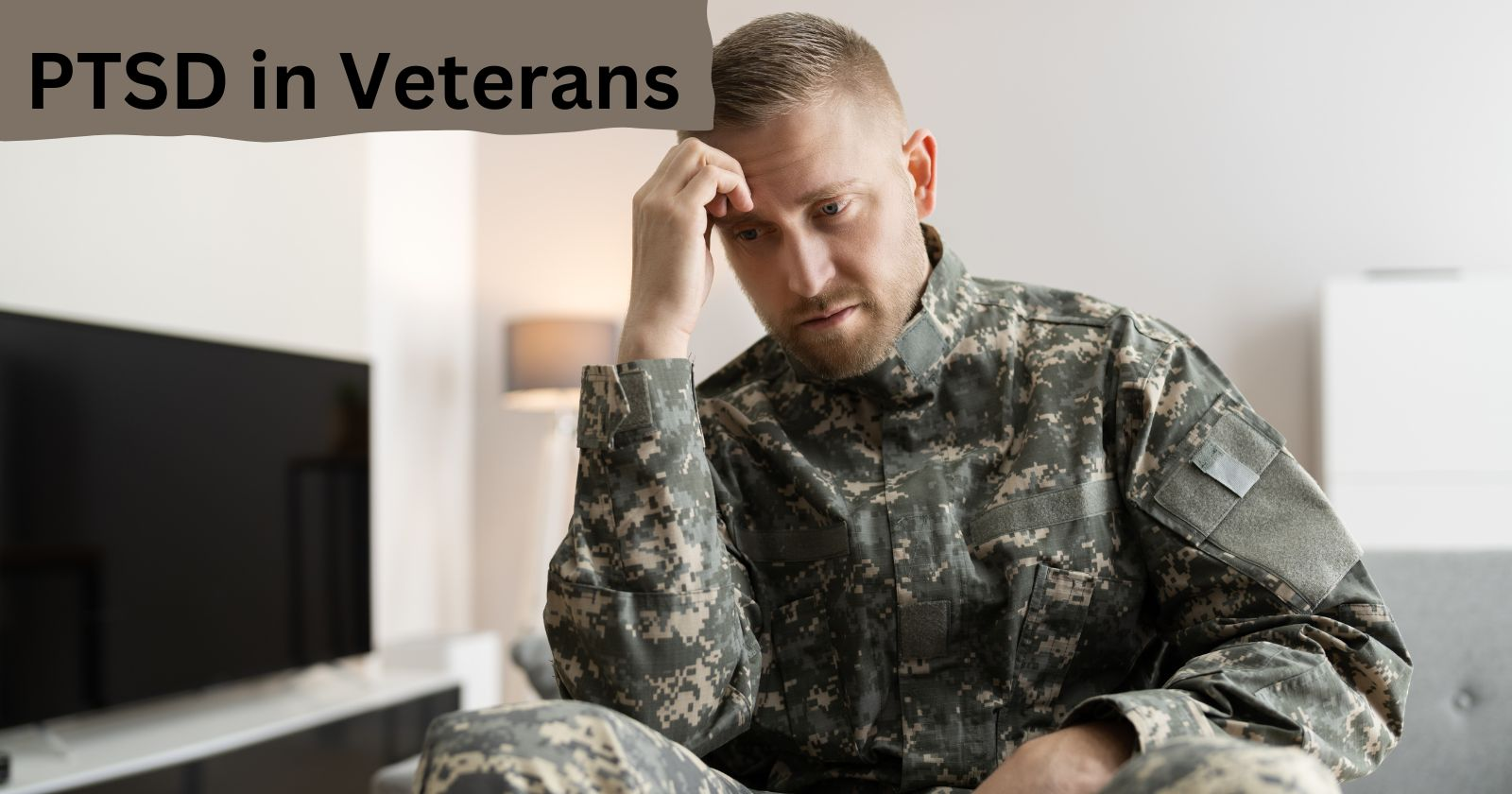
Prevalence and Impact
PTSD is a significant mental health issue for many veterans. The prevalence of PTSD varies depending on the conflict and the specific population being studied. For example, PTSD impacts 11-20% of Iraq and Afghanistan War veterans, approximately 12% of Gulf War veterans, and 15% of Vietnam veterans. PTSD can have a profound impact beyond other mental disorders and health disorders on veterans’ quality of life, affecting relationships, work, and overall well-being.
Combat Experiences
A major contributor to PTSD in veterans is exposure to combat experiences. Veterans may be exposed to intense and potentially traumatic events such as enemy fire, witnessing casualties, and surviving life-threatening situations. These incidents can lead to lasting psychological effects and increase the risk of developing PTSD.
Deployment and PTSD
Deployment to a combat zone is another key factor that can increase the risk of developing PTSD. Deployments, especially to conflict areas like Iraq and Afghanistan, can expose service members to a range of stressors that may contribute to PTSD. Factors such as the length and frequency of deployments, the nature of the mission, and the service members’ role can all influence the likelihood of developing PTSD.
In addition to combat veterans, PTSD can also affect other military personnel deployed to conflict zones in non-combat roles. Support staff, medical personnel, and others who experience the stressors of deployment may also be at risk for developing PTSD.
Though the focus in this section has been predominantly on modern conflicts, PTSD has likely affected veterans of past wars, including World War II and the American Civil War. However, the understanding of PTSD and its effects on veterans has evolved significantly since those times, leading to improved treatments and recognition of the importance of mental health care for service members and veterans.
Unique Challenges Faced by Military Personnel
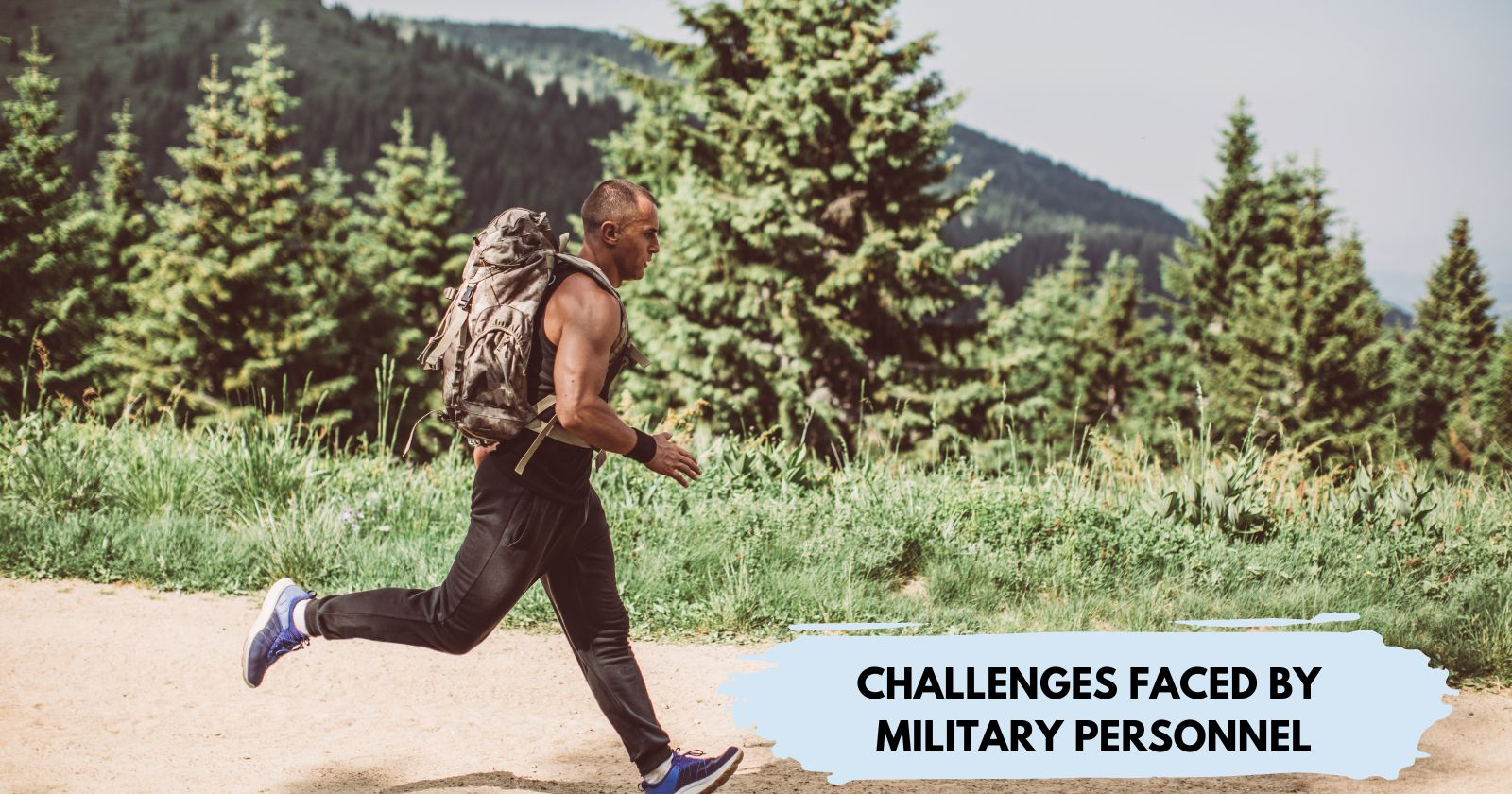
Military personnel often face various challenges that may lead to PTSD. In this section, we will discuss the unique challenges faced by military personnel, including Military Sexual Trauma, Traumatic Brain Injury, and the Transition to Civilian Life.
Military Sexual Trauma
Military Sexual Trauma (MST) refers to the psychological consequences of sexual assault, harassment, or other forms of sexual misconduct experienced by service members. MST is a significant concern, as it has been linked to the development of PTSD in both male and female military personnel. According to a study, around 14% to 16% of U.S. service members have experienced MST. This trauma can result in various other disorders and other mental health problems and issues such as depression, anxiety, and substance abuse, further complicating the recovery process.
Traumatic Brain Injury
Traumatic Brain Injury (TBI) is another common issue among military personnel, often resulting from exposure to blasts, falls, or other head injuries during combat. TBI has been found to be associated with PTSD, particularly in cases that involve moderate to severe brain injury. Many veterans experience lasting cognitive, emotional, and physical impairments due to TBI, thus complicating their mental health recovery from PTSD. Some common challenges faced by TBI survivors include:
- Memory and concentration issues
- Impaired judgment and decision-making
- Difficulty with problem-solving and planning
- Emotional dysregulation
Transition to Civilian Life
The transition from military service to civilian life can be challenging for veterans, especially those with PTSD. While transitioning, veterans often face the loss of identity associated with their branch of service, difficulties adjusting to a new routine, and the challenge of reintegrating into society. These factors, combined with the presence of PTSD symptoms, can lead to a heightened sense of anxiety and the feeling of being unsupported during this critical period. Some key aspects of the transition include:
- Finding employment or education opportunities
- Developing a new social support network
- Adjusting to the loss of military structure and camaraderie
- Accessing healthcare and mental health services outside the military
In conclusion, military personnel with PTSD face unique challenges such as other symptoms such as Military Sexual Trauma, Traumatic Brain Injury, and the transition to civilian life, which can complicate their recovery process. Addressing these challenges is crucial to ensuring comprehensive support for veterans and improving their quality of life.
Common Mental Health Conditions

Veterans often face several mental health challenges after returning from combat or completing their service. Three common conditions include depression, anxiety, and substance abuse. These issues can have significant impairment and long-lasting impacts on a veteran’s well-being and their ability to reintegrate into civilian life.
Depression
Depression is a common mental health issue affecting veterans, characterized by persistent feelings of sadness, hopelessness, and worthlessness. Returning from combat can cause emotional waves in response to surviving traumatic events, such as being attacked or witnessing others being wounded or killed. These feelings may manifest in issues with concentration, reliving traumatic experiences, or even thoughts of death or suicide. RAND states that veterans may struggle with these emotional and physical symptoms both during and following their service.
Anxiety
Anxiety is another mental health challenges that veterans may face. Anxiety disorders can present in various forms, including panic disorder, social anxiety, and generalized anxiety disorder. Veterans with anxiety might experience excessive worry, irritability, restlessness, and difficulty concentrating. The National Center for PTSD explains that experiencing life-threatening events during service may contribute to the development of anxiety disorders in some veterans as they struggle to adapt to civilian life.
Substance Abuse
Substance use disorder (SUD), also known as addiction, is a significant problem that can arise in veterans coping with the after-effects of their service. Alcohol and drug use can often function as a way to self-medicate and temporarily escape the pain associated with mental health problems and challenges like depression and anxiety. This behavior can spiral into addiction, with veterans becoming increasingly dependent on these substances to function in their daily lives. In fact, the rate of PTSD is slightly higher in veterans (7%) compared to the general population (6%), according to the PTSD National Center. This higher rate of PTSD in veterans may also contribute to an increased risk of SUD.
It’s important to recognize and address these and other mental and physical health problems and issues in veterans to support their recovery process and overall well-being. Providing timely and tailored interventions, resources, and treatments is crucial to helping veterans navigate their mental health challenges and reintegrate successfully into civilian life.
Treatment and Recovery
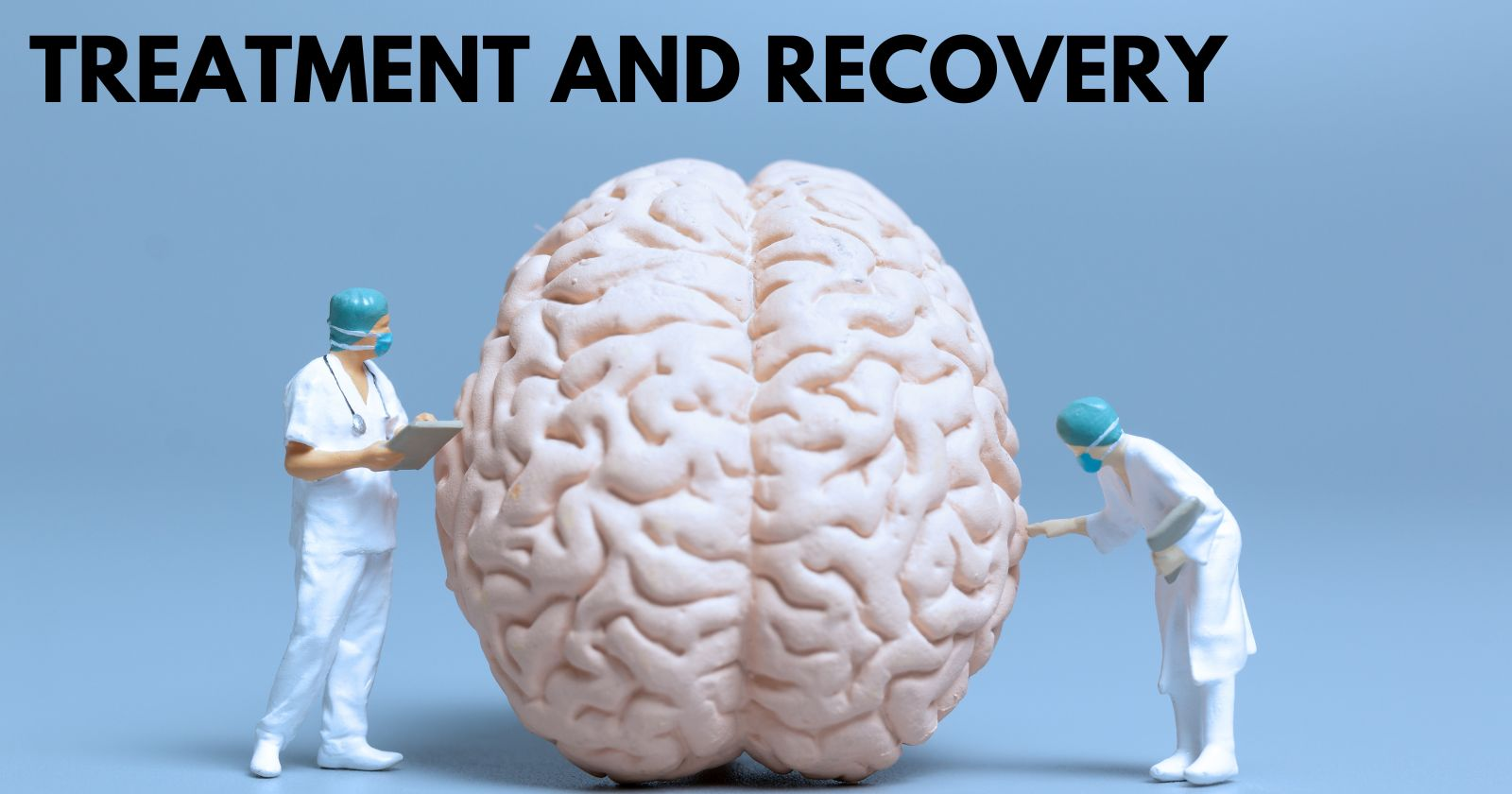
Therapy Options
There are several therapy options available for veterans suffering from PTSD. One common treatment approach is psychotherapy, which involves one-on-one sessions with a professional therapist. There are different types of psychotherapy that have proven effective at treating PTSD in veterans, such as:
- Cognitive Processing Therapy (CPT): CPT helps patients reframe and process their traumatic experiences to reduce the impact of those events on their lives.
- Prolonged Exposure (PE): In PE, the therapist gradually exposes the patient to their traumatic memories or situations, helping them confront and gradually reduce their fear and anxiety.
- Eye Movement Desensitization and Reprocessing (EMDR): EMDR involves recalling traumatic memories while simultaneously focusing on an external stimulus, such as eye movements or tapping, to help the brain process the experience and reduce its emotional impact.
Medication
Another treatment option for veterans with PTSD is medication, such as selective serotonin reuptake inhibitors (SSRIs) and serotonin-norepinephrine reuptake inhibitors (SNRIs). These medications can help manage symptoms of PTSD, including anxiety, depression, and sleep disturbances. Four common medications used to treat PTSD include:
- Sertraline (Zoloft)
- Paroxetine (Paxil)
- Fluoxetine (Prozac)
- Venlafaxine (Effexor)
Please note that these medications require a prescription from a qualified medical professional.
Support Systems
In addition to therapy and medication, having a strong support system is crucial for veterans facing PTSD. The VA offers various resources, such as self-care apps and online support groups, to help veterans build and maintain a good support system and network. Family members and friends can also play a vital role in the recovery process by offering understanding, compassion, and encouragement.
By pursuing therapy options, considering medication, and surrounding themselves with a strong support system, veterans can increase their chances of recovery from PTSD and enjoy improved mental and physical health.
Recognizing and Addressing PTSD
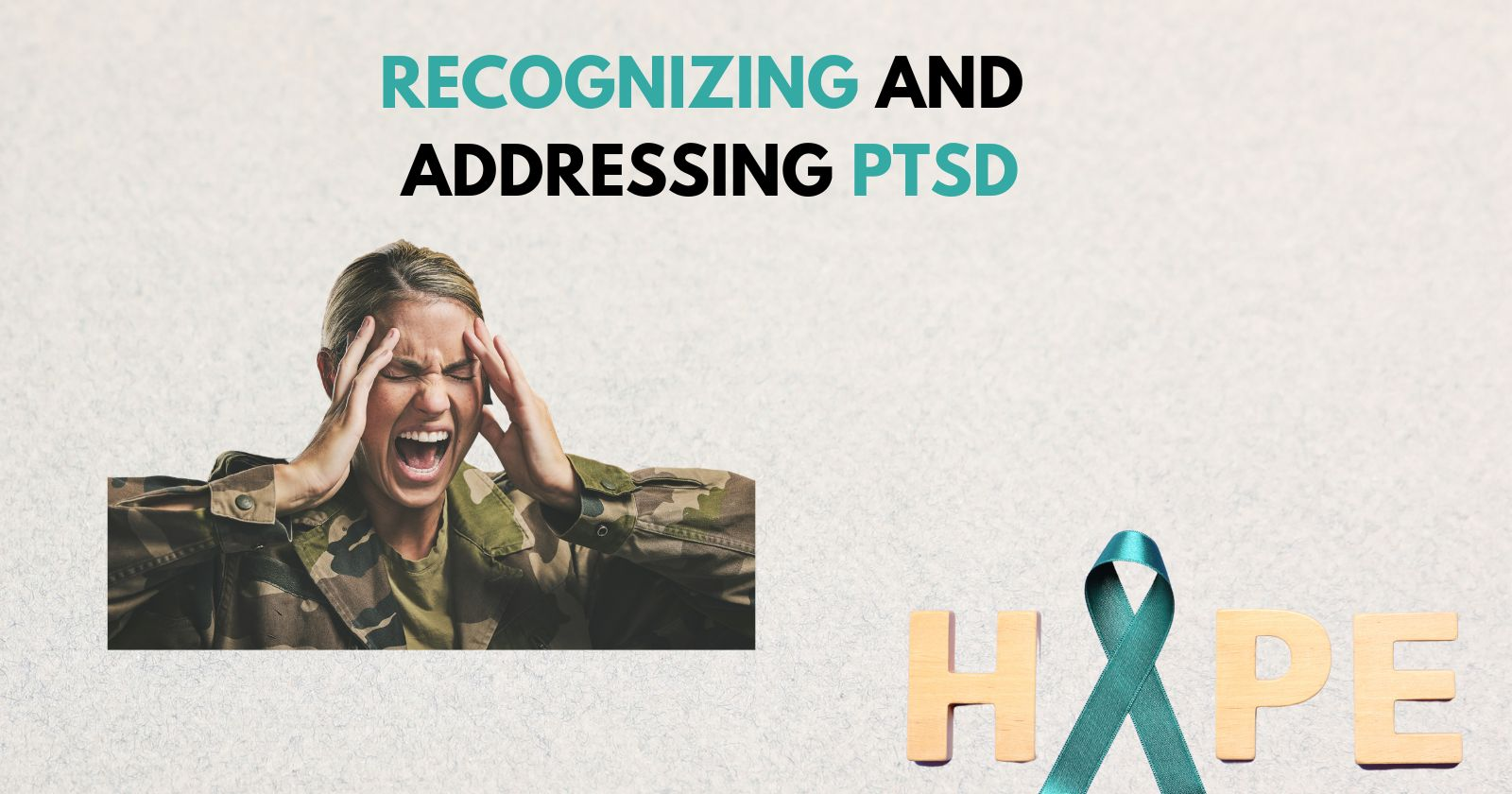
Signs and Symptoms
Post-traumatic stress disorder (PTSD) is a mental health condition that develops in some individuals who have experienced a shocking, scary, or dangerous event. It’s natural to feel afraid during and after a traumatic situation, and PTSD is characterized by various symptoms that can affect daily life. Common signs of PTSD include symptoms signs of:
- Flashbacks
- Nightmares
- Hypervigilance
- Avoidance behaviors
- Emotional numbness
These symptoms can cause significant distress and interfere with an individual’s ability to function in daily life, especially for veterans who may have faced traumatic experiences during their service.
Coping Mechanisms
There are several coping mechanisms and therapies that can help veterans manage their PTSD symptoms. Some evidence-based treatments include:
- Cognitive-behavioral therapy (CBT)
- Eye movement desensitization and reprocessing (EMDR) 1
- Acceptance and commitment training
- PTSD psychoeducation
In addition, veterans can benefit from various self-help strategies such as:
- Practicing relaxation techniques
- Engaging in exercise or physical activities
- Seeking social support from friends, family, or support groups
- Developing and maintaining a daily routine 2
Prevention
Preventing PTSD can be challenging, as it may not be possible to avoid traumatic events altogether. However, there are steps that can be taken to reduce the risk of developing PTSD or to minimize its effects:
- Early identification and intervention for those experiencing traumatic events
- Access to mental health support services, including therapy or counseling
- Learning and practicing effective coping strategies before, during, and after exposure to trauma
- Emotional and practical support from friends, family, or support groups 3
In conclusion, recognizing and addressing PTSD in veterans involves understanding its signs and symptoms, learning and implementing useful coping mechanisms, and taking preventative measures to minimize the impact of traumatic experiences.
Demographic Factors in PTSD

Gender Differences
While PTSD can affect anyone, there are notable differences in its prevalence between men and women. In the general population, 6% of adults will experience PTSD at some point in their lives. However, female Veterans experience a higher rate of PTSD than male Veterans, with 13% of women Veterans being affected by mental illness compared to 7% of all Veterans. This could be due to various factors, such as differences in exposure to traumatic events or biological factors that may predispose women to develop PTSD.
Age Effects
Age also plays a role in the development and manifestation of PTSD. Younger Veterans may be more susceptible to developing PTSD after experiencing combat or other traumatic events compared to their older counterparts. Several factors may contribute to this, including the level of resilience built through life experiences and the ability to process traumatic events in a healthier manner.
Socioeconomic Status
Socioeconomic status and its relation to PTSD in Veterans can be complex. While it’s challenging to pinpoint direct causal relationships, it is essential to recognize that factors such as access to healthcare, social support networks, and job stability can significantly impact a Veteran’s recovery from PTSD. Lower socioeconomic status may lead to increased stressors in a person’s life, potentially exacerbating symptoms of PTSD or creating barriers to successful recovery.
In summary, demographic factors such as gender, age, family history, and socioeconomic status play an essential role in understanding and addressing PTSD in Veterans. Acknowledging and addressing these factors can help tailor treatment approaches and provide the necessary support for those afflicted with PTSD.
Conclusion
Recent traumatic stress studies show that approximately 14% to 16% of U.S. service members deployed to Afghanistan and Iraq have PTSD or depression1. PTSD especially affects veterans due to their exposure to traumatic incidents which might not have been experienced by most people in the general population. As a result, understanding the effects that PTSD has on veterans and the different approaches to recovery is imperative.
PTSD symptoms can vary from person to person2 and may involve distressing memories, emotional numbness, and severe anxiety throughout. Untreated PTSD can lead to issues with relationships, personal well-being, and overall mental health3. Consequently, addressing these symptoms is vital for veterans to lead healthy and fulfilling lives after their service.
Effective treatments for PTSD can be a combination of therapies, including cognitive-behavioral therapy (CBT), medication, and coping mechanisms. Empirical evidence validates the efficacy of these approaches in aiding veterans’ recovery process4. Some veterans might benefit from adaptive coping skills such as relaxation techniques and mindfulness practices.
Including support systems, such as family members, friends, and peer groups, may also be extremely beneficial in PTSD recovery5. Engaging with others who have experienced similar difficulties can provide additional support and encouragement.
It is necessary to spread awareness and reduce the stigma surrounding PTSD for veterans. Society and the medical community must provide adequate resources and care to support those who have served the nation and are now coping with PTSD and other disorders.
Footnotes
- PTSD: National Center for PTSD Home ↩ ↩2 ↩3
- Understand PTSD – PTSD: National Center for PTSD ↩ ↩2 ↩3
- PTSD Treatment for Veterans: What’s Working, What’s New, and What’s … ↩ ↩2 ↩3
- https://journals.lww.com/jaapa/Fulltext/2018/11000/Post_traumatic_stress_disorder_in_veterans_.2.aspx ↩
- https://www.ncbi.nlm.nih.gov/pmc/articles/PMC5047000/ ↩

